The next country in our trip Around the world in 50 Experiments is Egypt!
Egypt is a fascinating country with a long and rich history. The first settlers along the banks of the River Nile are thought to have arrived around 8000 years ago. Each year, the Nile would flood the surrounding land over summer, leaving behind rich silt perfect for growing crops. The fertile land attracted more people, and small villages cropped up along the floodplain. The land was originally split into Upper and Lower Egypt until around 3100 BC when they united to form the Kingdom of Egypt, thought to be one of the world's first nations! This period of Ancient Egypt lasted until around 1000 BC, when Egypt lost its independence.
Ancient Egypt is well known for its vast contributions to mathematics, astronomy and human civilisation. Egypt's pyramids are still hugely inspirational to modern day architects, mathematicians and artists.
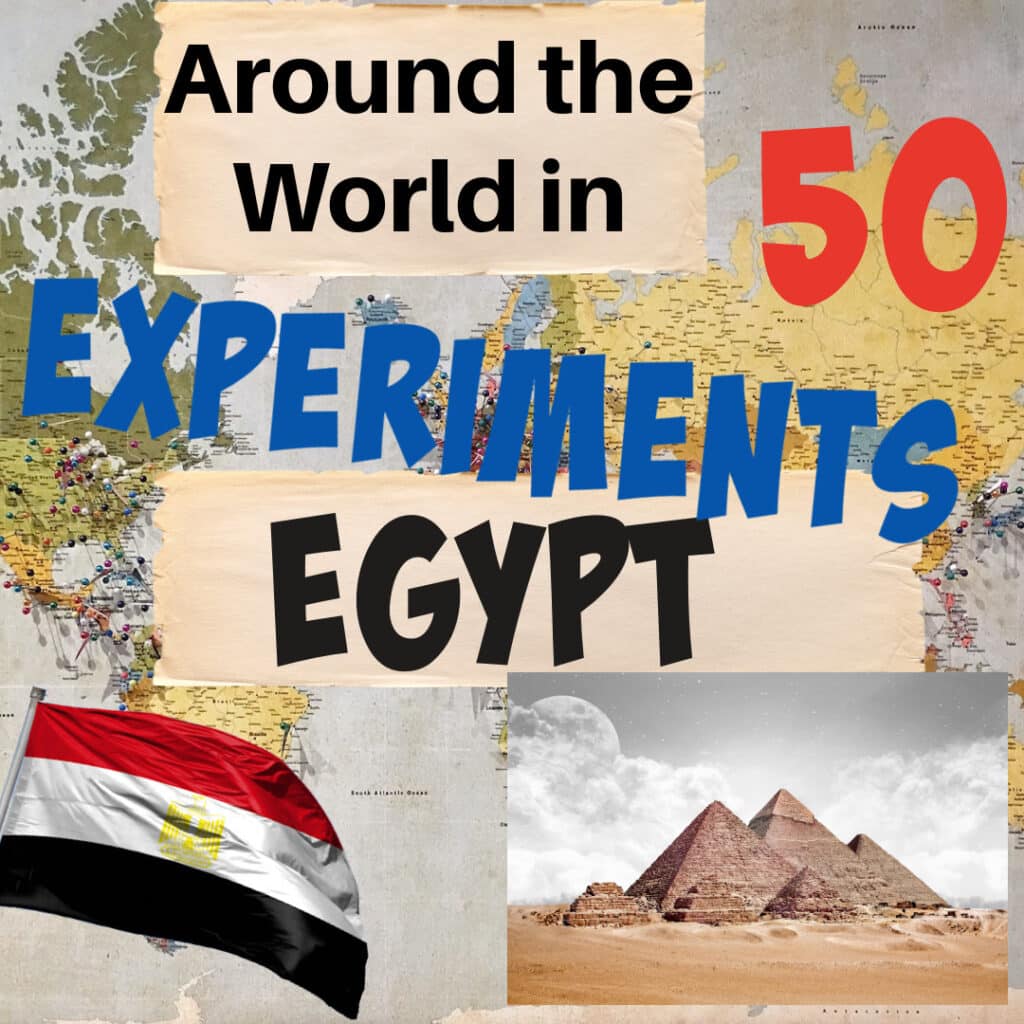
What is the capital city of Egypt?
The capital city of Egypt is Cairo. Cairo is one of the most populated cities in the world and a hub of Africa. In Cairo, you'll find everything you associate with a modern city, including skyscrapers, hotels and restaurants mixed in with ancient monuments, traditional churches and markets.

Where is Egypt
The Sinai Peninsula in Egypt connects Africa to Asia. Egypt is located in the northeastern corner of Africa and the southwestern corner of Asia.
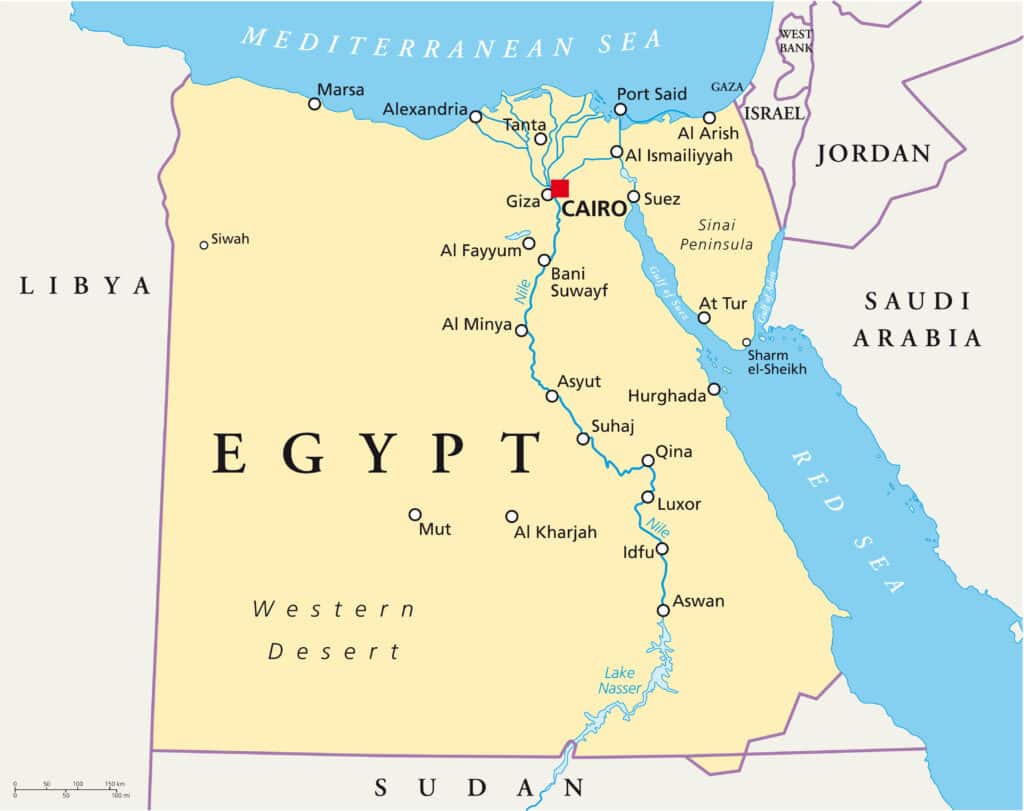
What is Egypt's climate like?
Egypt's land is mostly desert, so the climate is arid. Summers are hot and dry, and winters are mild. Egypt's annual rainfall is very low. It is one of the driest countries in the World. Even Egypt's wettest areas receive less than 8 inches of rain each year on average!
Nature in Egypt
Animals commonly found in Egypt include gazelles, crocodiles, a wide variety of birds and insects, camels and cobras.
Ancient Egyptian Pyramids
The earliest Egyptian kings were buried underneath rectangular buildings called mastabas. The first pyramid was created by an architect called Imhotep, who created a step pyramid for King Djoser. The Step Pyramid was a stack of boxes that got smaller as they rose up. Imhotep's pyramid was the inspiration for King Khufu's Great Pyramid at Giza, which still stands today. The Great Pyramid was built around 2550 BC and took over 20 years to build, with a workforce of around 20,000 people!
The second pyramid at Giza was built by Khufu's son, along with the Great Sphinx. The Great Sphinx is a huge statue with a person's head and a lion's body.
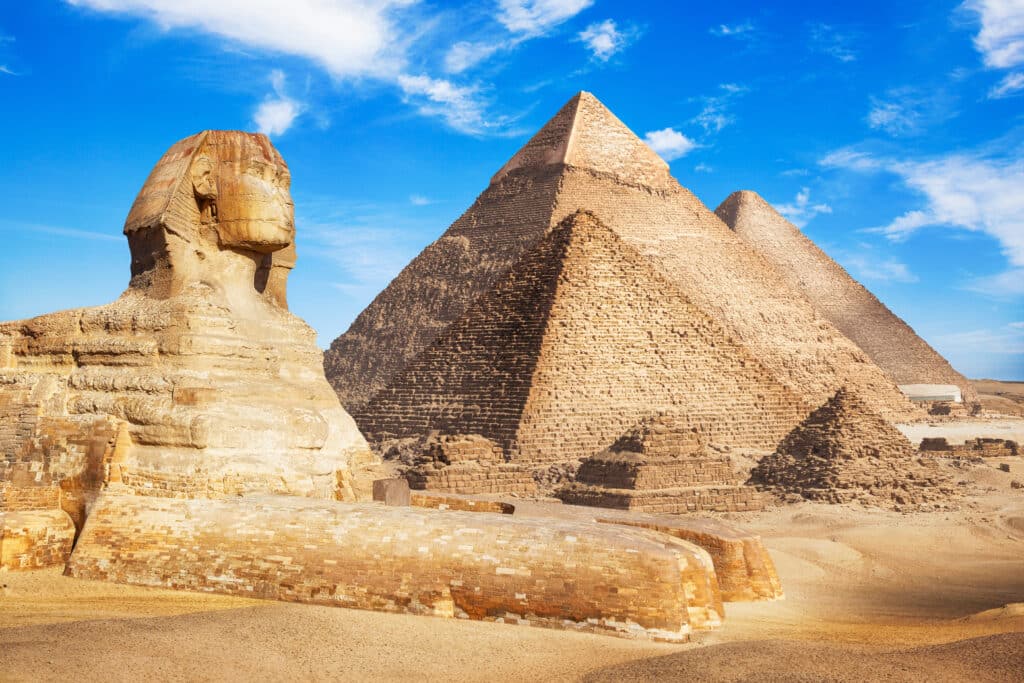
Science activities for learning about Egypt
Rainfall comparisons
Egypt has very low rainfall. Compare the average rainfall in your country to that of Egypt!
Model pyramids
Use LEGO to build a model of a step pyramid. There's a great one on the LEGO Ideas website.
Mummify a vegetable
Ancient Egyptians believed the body was reunited with its spirit in the afterlife, so they preserved bodies by a process called mummification.
First, the body was washed, and then the organs were removed. The brain was thrown away as it was considered useless, and the liver, stomach, intestines and lungs were cleaned, preserved and sealed in canopic jars. The heart was put back into the body. The body cavity was then packed with salt to soak up moisture, and the body was left to dry for 40 days. The salt stopped the body from decaying. The final stage was to remove the salt and fill the body with spices, plants, and rags so it would keep a human shape. The corpses were then wrapped in linen.
This activity uses salt to dry out vegetables, demonstrating why ancient Eqyptians used salt in the mummification process.
You'll need
Three small plates
Fresh vegetables
Salt
Instructions
Create an identical vegetable shape on each plate.
Cover one with salt, place one in a fridge and leave one out at room temperature.
Check all plates each day for a week and record how the vegetables look.
The vegetables that have been kept in the fridge should look the healthiest, as the low temperature inhibits the growth of bacteria.
The salty vegetables should have dried out. Salt also inhibits the growth of bacteria.
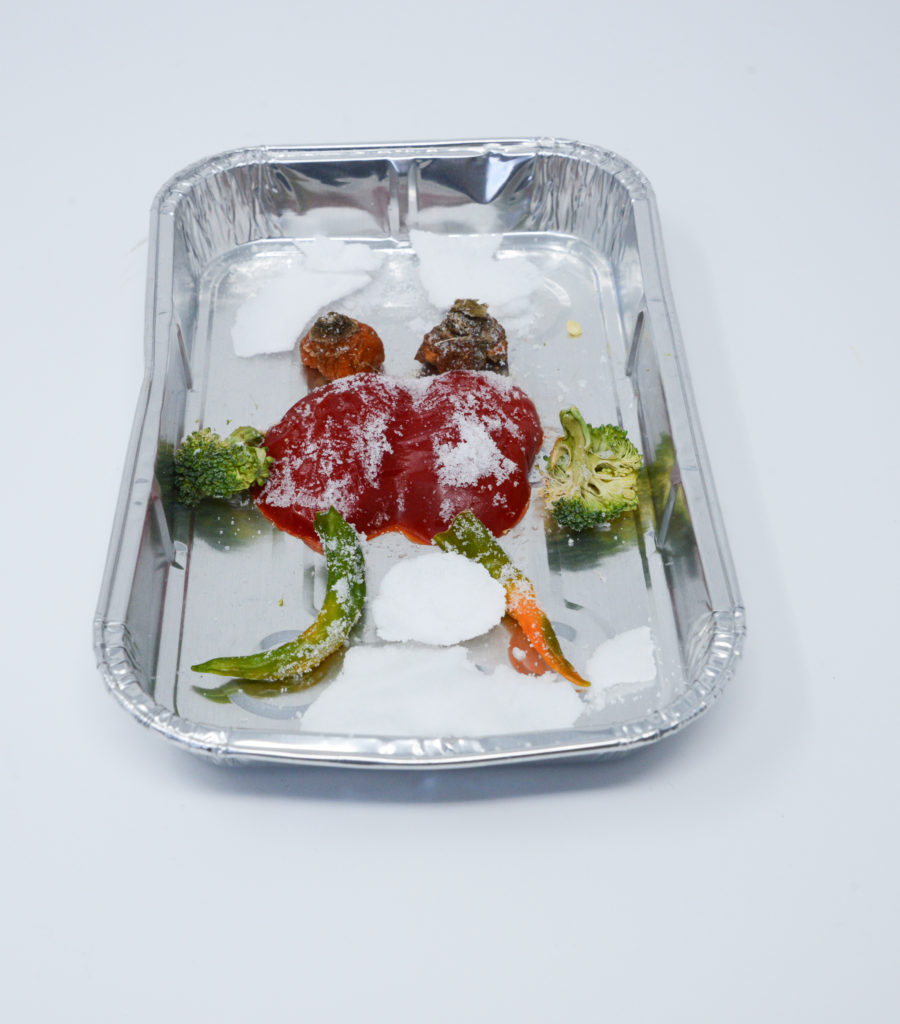
Image and activity taken from Gross Science
Building Pyramids
Egyptian people had to move large stones from where they were located to the pyramid site and then lift stones up the pyramid. Scientists think Egyptians used ramps to move stones up the pyramid and dragged the stones over land on large sledges. Adding water to the sand would have reduced the friction, meaning fewer men were needed to move the stones.
If you've got a large tray of sand, try pulling a small wooden plank with blocks on top over the surface. It should be easier if the sand is wet!
Fun facts about Egypt
Egypt is divided into two parts. Upper Egypt is in the south, and Lower Egypt is in the North. This naming is because the Nile flows from south to north.
The capital city of Egypt is Cairo.
The Nile River is the longest river in the world. It is 6650km long!
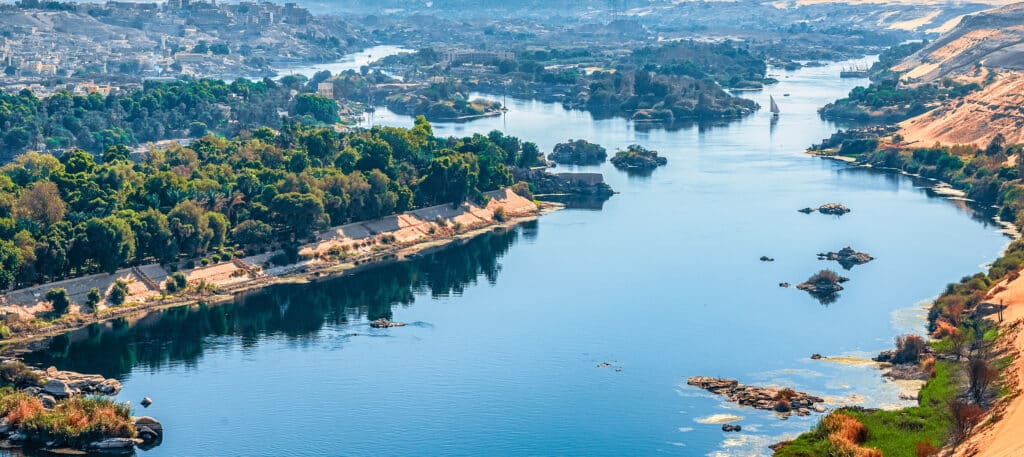
There are over 100 pyramids still standing in Egypt today.
Ancient Egyptians sometimes mummified cats!
The Great Pyramid is the only one of the Seven Wonders of the Ancient World left standing.
Egypt was also home to another of the Seven Wonders of the Ancient World, the Lighthouse of Alexandria.
Egypt's population is around 100 million people.
The Suez Canal connects the Mediterranean Sea with the Indian Ocean.
Most of the population lives along the Nile.
The study of ancient Egypt is called Egyptology.
The Aswan Dam stops the River Nile Flooding each year.
The Hieroglyphic script had no vowels!
Cleopatra was the last pharaoh of ancient Egypt.
Find out more about Egypt
Find out everything you need to know about visiting Egypt's pyramids.
Learn more about mummification and the afterlife.
References
Climate https://weather-and-climate.com/average-monthly-Rainfall-Temperature-Sunshine-in-Egypt
Imhotep https://www.britannica.com/biography/Imhotep
Pyramids https://www.livescience.com/32616-how-were-the-egyptian-pyramids-built-.html
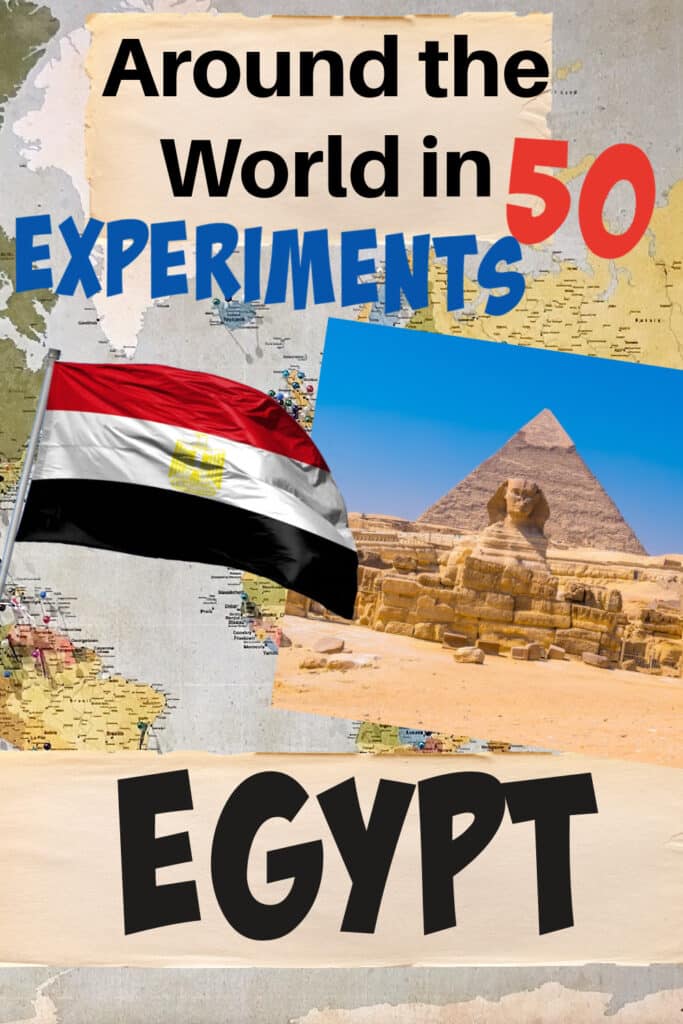
Last Updated on November 15, 2023 by Emma Vanstone
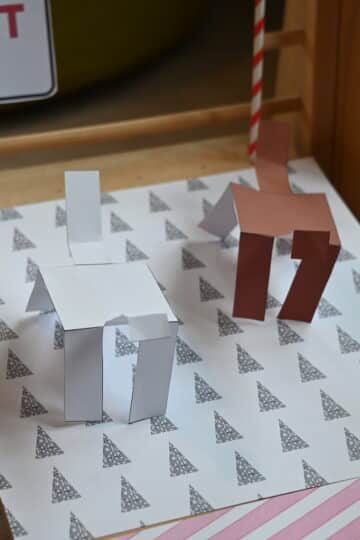



Leah says
Hi guys,
I just wanted to say, thank you so much for this series, it's really inspired me and I'm using this particular one to prepare an Egypt day tomorrow along with some food stuff and a trip to the museum 🙂
Emma Vanstone says
Thank you!